Balance of Technique & Concept
-- Lu Bin’s CeramicsExperiment
Write by Lin Jie
Translation by Xuying
It is of great value to research Lu Bin, and in this case, because we can regard it as a case to observe how the West influenced the Chinese artists who devoted themselves to the creation in the 1980s and 1990s and how they got out of this influence. By taking modernism as the dividing line, the artistic milestone of Lu Bin can be divided into two stages: the stage of modernism from 1999 to 2002 and the stage after modernism from 2002 to present.
During more than 30 years of creating, Lu Bin has always been on the road to experiment from the pioneer of modern ceramic craft in the 1990s to the equal emphasis on technique and concept after 2002. Moreover, the breaking and rebuilding of traditional dark-red enameled pottery after 2013 as everyone knows that the progress of each stage shall carry the experience and achievements of the previous stage and shall add new mission and goal. As a result, his load has always continued to increase. Alternatively, instead, he is challenging himself harder and harder. Lu Bin grew up in a mountainous area of Guizhou Province, while the silent mountain endowed him with a silent character. Hence, he is always the solitary man who trudged silently from mountain to mountain.
Form first
From the end of the 19th century to the middle of the 20th century, modernism prevailed in Europe and the United States and entered China in the 1980s after the reform and opening up. As a result, the “Modernist Art Movement around 1985” blew the horn of modern art, thus making Lu Bin, who was studying at Nanjing University of the Arts at the time, baptized first.
In the 1980s, Clive Bell's famous saying that "art is a meaningful form "advocated" by the aesthetician Li Zehou spread all over the country while the artists were eager to learn from the West. In this context, form first was a common choice of artists who were anxious to break the tradition at that time.
After graduating from Ceramic Art Major of Nanjing University of the Arts in 1988, Lu Bin became a freelance artist in Shenzhen and owned a personal studio early. Generally speaking, many artists in ceramic areas(such as Jingdezhen), used the ready-made clay or commercial glaze at that time and then entrusted others to the kiln, even only took charge of decoration after buying the unfired bodies. In contrast, Lu Bin developed and created works entirely by himself. For example, he usually repeated experiments on clay and colored slip. He kilned a work many times(including biscuits, salt-sintering, and re-sintering). Especially through the treatment of the salting position in the salt-sintering process, he controlled the surface effect and deliberately pursued the traces of fire. Therefore, the appearance of his works is very different from the aesthetic pursuit and craftsmanship of traditional ceramics.
The period from 1988 to 2002 belongs to the stage of Lu Bin’s modernism, showing the style of form first. Also, he created many works in this period, mainly including four series: Movable Type Series, Brick &Wood Structure Series, Urban Series, and fossil series. Among them, the Movable Type Series was first created in 1997. By pursuing the material texture of “ceramic skin and kilning color,” it was fired at the high temperature by using Yixing clay, with the shapes of type matrix, book, engraving, and seal. In Movable Type Series VI (as shown in figure 1), a sense of error structure was created between the vocabulary of the New Age( such as “女人挺好”(Nice to be a woman), “郎财女貌”(The Beauty and Money), “股往金来”(Money From Stock) and“锦绣钱程”(Bright Money Prospect ), and the ancient movable-type printing, full of both humor and absurdity.

Figure 1. Movable Type Series VI, pottery, fired at1120 ℃ in 1998
Brick &Wood Structure Series (as shown in Figure 2)was created in 1998, with a significantly enlarged volume. It was still fired with Yixing clay, emphasizing the traces of fire. The methods, such as applying colored slip, treating the surface with a musket and repeated firing, were adopted to trial and error between voluntary control and accidental gain, thus pursuing a clumsy and abstract architectural sense. “ ‘Brick and wood’ is just the appearance of structure and form, while Lu Bin attempted to seek and express the language and composition of pottery.”Furthermore, in terms of both the technique and the result presentation, the works vaguely emerged the characteristics of Hans Cooper, a British ceramic artist, who created with colored slip instead of glaze. And Enric Mestre, a Spanish pottery master, who was famous for geometric shapes and “minimalism,” which could be considered as Lu Bin’s intended imitation of modern western pottery.

Figure 2. Brick &Wood Structure Series XII, pottery and wood, reductively fired at1160 ℃ in 1998年
In 1999, Lu Bin introduced everyday objects to his creations. For example, when creating “年年有余”(“Surplus Year after Year”) in Urban Series (as shown in Figure 3), hand-pressing Yixing clay into a plaster mold which he made out of the fresh fish, then he pasted the slab with “囍” on the leather-hard fish, wrapped the bandage with white slip around the clay fish. Waiting until the body was dried, biscuit-fired it at 950℃. After biscuit, he glazed and applied colored slip on clay-fish, and then re-fired it to 1180℃ with reduction. After the second firing, he applied red slip on the slab with “囍,” and then re-loaded it into the kiln and fired with an oxidization atmosphere to 950℃. Finally, it became a finished work[ See Hu Xiaojun’s Learn Ceramic Art from Famous Teachers [M] . Hangzhou: China Academy of Fine Arts Press, 2001: 76.].

Figure 3. “年年有余”(“Surplus Year after Year”) in Urban Series, red stoneware, 1100 ℃ of reduction ,in 1999
Figure 3. “年年有余”(“Surplus Year after Year”) in Urban Series, red stoneware, 1100 ℃ of reduction ,in 1999
In this year, Lu Bin began to create fossil series, which became a masterpiece later. Fossil 1999 (as shown in Figure 4) includes a fish fossil and a bird fossil. The carving of fishes and birds is closer to ‘simulation of true things,’ rather than the original state of fossil. The shape of the fossil stone is depicted similar to that of natural stone, with upright and foursquare shape, sharp edges and corners, and bold and resolute shaping; The color is a brown-green of wrought iron.”[ Li Yanzu. Pottery Fossil -- Young Ceramic Artist Lu Bin & His Ceramic Works [J]. New Artist, 2004 (9).] For Fossil 2000 II (as shown in Figure 5), half an apple is taken as the shape, and the fossilized items include cabbage and cola bottle. In Fossil 2000III (as shown in Figure 6), the computer keyboard and gloves are clearly identifiable. The pieces are similar to earthquake caused the daily life is cracked, and quickly sunk into the ground, thus solidifying into a permanent silence and being rediscovered in the shape of a fossil many years later. Lu Bin adopted this fantastic way to virtualizes the future archeological object and reproduce things that are familiar today, thereby making us look at the present from the future in a way that spans time and space.
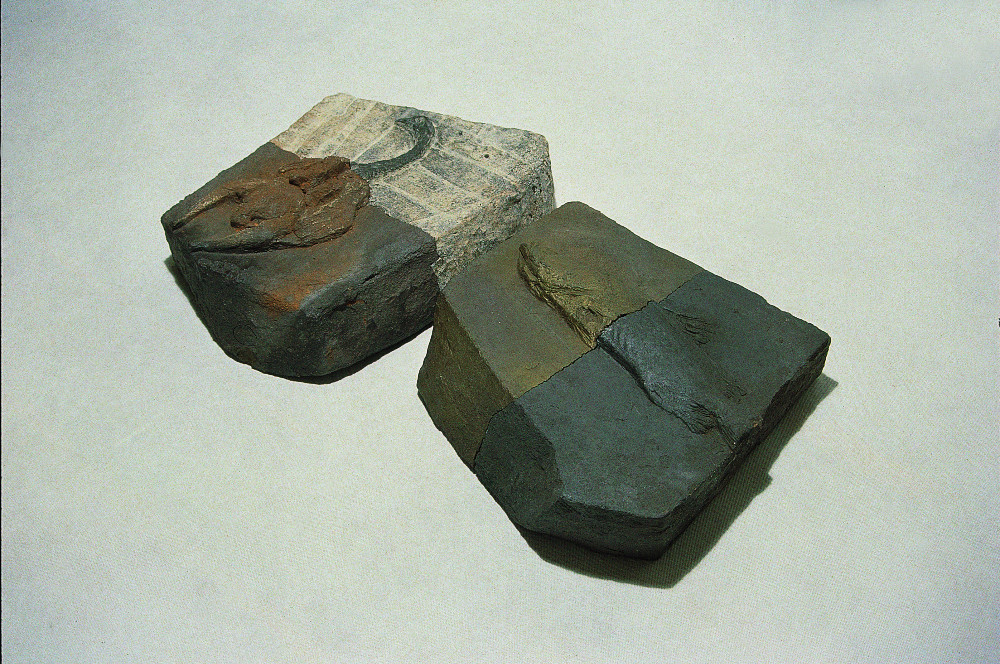
Figure 4. Fossil 1999, stoneware, reductively fired at 1180℃ in 2000
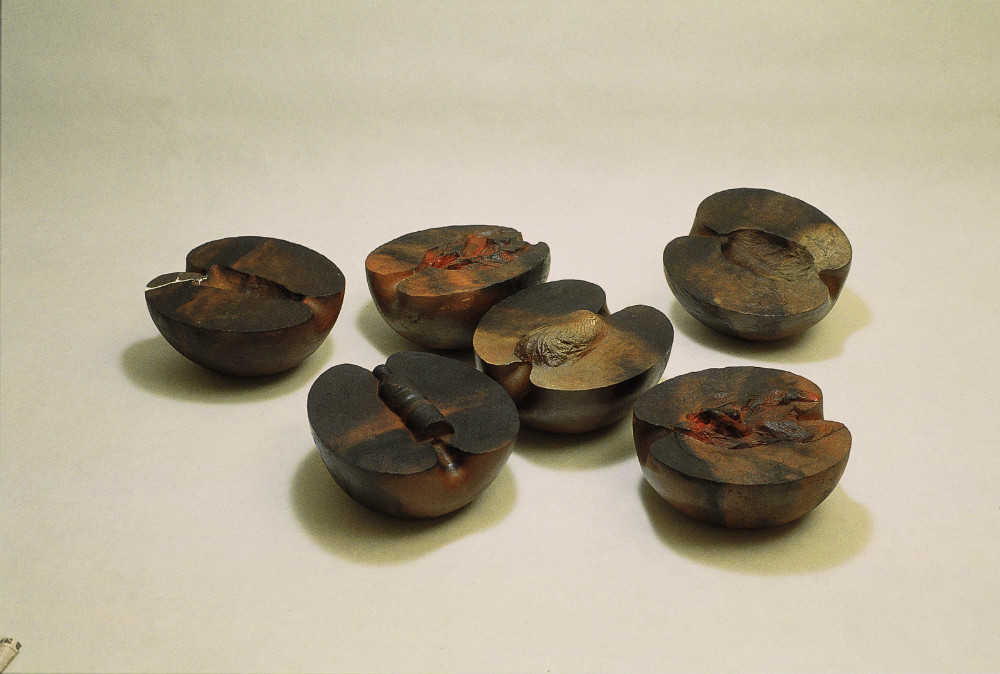
Figure 5. Fossil 2000Ⅱ, red stoneware, smoking fired at 1100 ℃ in 2000
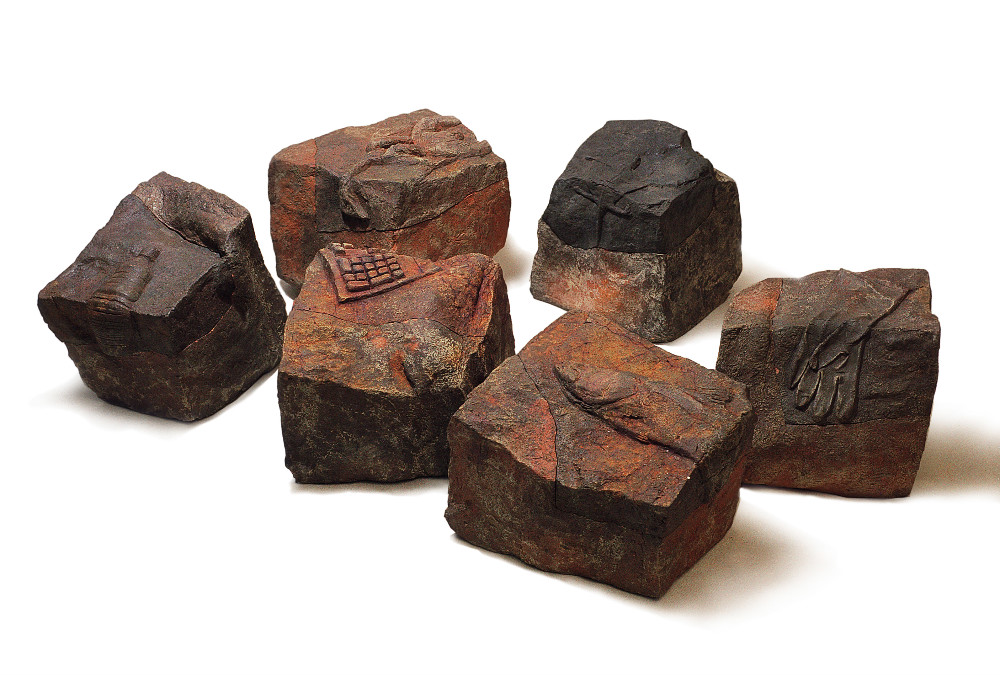
Figure 6. Fossil 2000Ⅲ, pottery, 1160 ℃ reduction, in 2000
To sum up, Lu Bin over turned the meaning and appearance of traditional ceramic practical utensils with bare material texture and irregular arrangement in his works of this period. Also, he frequently participated in international exhibitions and won many awards, thus becoming a pioneer of modern ceramic art. The purpose of his works from 1988 to 1998, such as the Stone Age and the Iron Age, is to show grotesque shapes and highlight materials. Maybe it does not matter what people do, what people do not do matters. The "not do" means that they do not do what has been done before. From 1999 to 2002, Lu Bin mainly focused on the practical issues gradually from the expression of material ontology language. However, he still preferred the pursuit of form and skill difficulty.
Two wings of the experiment
It said that it was a turning year for Lu Bin in 2002. He finally ended the life of fighting alone as a freelance artist for 14 years, bade farewell to both the painful and joyful journey of climbing art and the time full of embarrassment, exhaustion, and hardness, and returned Nanjing University of the Arts (his alma mater ) and served as a teacher was a wise and safe choice.
As a result of this choice, Lu Bin’s creative style was not as varied as before-after 2002, probably because his duties as a university teacher, such as teaching and scientific research, took up a lot of his energy. He did slow down the pace of creation, but his speed was more leisurely and polished the concepts and skills more carefully.
Based on philosophical reasoning, Danto, a famous contemporary American art critic, once summarized that “The history of modernism is over, while the reason is that modernism is too partial and too materialistic, and only focuses on forms, such as plane, pigment and the purity that determines painting .”In contrast, Lu Bin’s understanding came from his own experience. "If the ceramic art in modernist style emphasizes the aesthetic form of individuality rebels against the practical aesthetics of traditional ceramic art. Then I hope my new ceramic works can question the "beauty forms" of modernist ceramic art in terms of content, letting the self-statement of works to replace my angry and cry." He stated.[Lu Bin. Miscellaneous Records in Year of the Tiger --About My Ceramic Creation.http://www.hihey.com/art-2650.html.] He also said that this transformation stems from my further understanding of contemporary ceramic art. That is, the purpose of contemporary ceramic art shall be to get rid of the shackles of modernism gradually and face society and contemporary culture.[ Provided by Lu Bin. I &Ceramic Art] Hence, Lu Bin explored a path which was routed after modernism with both loneliness and contemplation and used his unique skills and character to chat with clay and fire.
Lu Bin continued to create Fossil Series for nearly ten years from 2002 to 2010. He selected more materials, and not only built a kiln to sinter the stoneware in the ceramic factories around Nanjing City but also transported clay from Jingdezhen City to sinter in the school studio. Furthermore, the use of paper clay made the color expression more flexible. He still took great pains on materials and techniques, and more adopted Chinese symbols in his works. All these contained his observations, discoveries, and expressions, thus distancing his works from that of Western artists.
The pagoda in Fossil 2005II (as shown in Figure 7) is a Buddhist instrument, which is closely related to his conversion to Buddhism in 2003. The shapes of Fossil 2005XIV and Fossil 2006VI are two pieces of oracle bones and a pile of animal bones, respectively. In the paper clay, Fossil Series created from 2006 to 2009 (as shown in Figure 8 and Figure9). By using the methods of killing for many times, the symbols in the current life(such as Chairman Mao’s portrait, the logo of Bank of China, the logo of McDonald’s, party emblem and red armband), were selected to solidify pagoda, animal bones, clothes, porcelain bottle and real-life objects in the form of ceramics. He was then making them become the fossils that might be visited in the future. The work sharply reversed the connection of both the object and time. In an article, he once summarized his creative ideas that he attempts to stand in the future tense to review today’s reality and has been spent 12 years by using the trivial details of life to describe the life that he is facing now. In which he created forty-five sets of ceramic works entitled Fossils, with a total of more than 200 pieces of works. These “fossils” covered every aspect of routine, including both the commonly used dried poultry specimens and traditional cultural contents, such as new industrial and living products, inscriptions, copybooks, and oracle bone scripts. In terms of work modeling, he used some traditional architectural symbols or details. At the same time, these specific and detailed materials that can communicate tradition and modernity constitute the whole of his work.[ Lu Bin. Miscellaneous Records in Year of the Tiger --About My Ceramic Creation. http://www.hihey.com/art-2650.html.] Rather than the attachment to traditional culture, the deliberate retention of these symbolic symbols is used as a signifier to point to the current special and crazy reality of life.
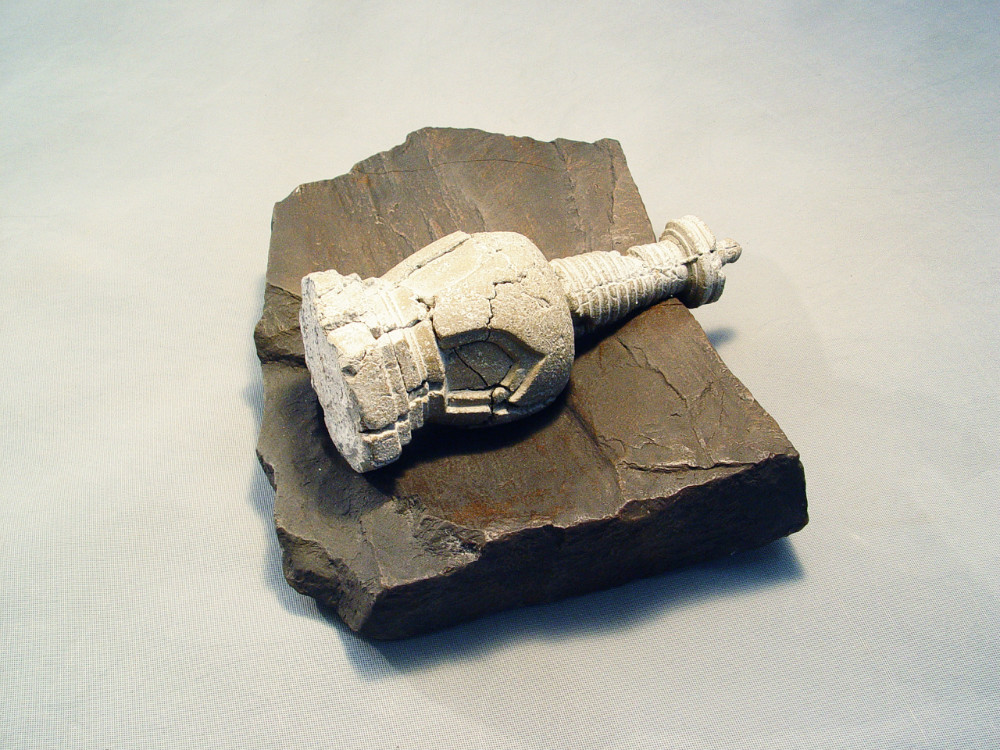
Figure 7. Fossil 2005Ⅱ, stoneware, reductively fired at1200 ℃ in 2005
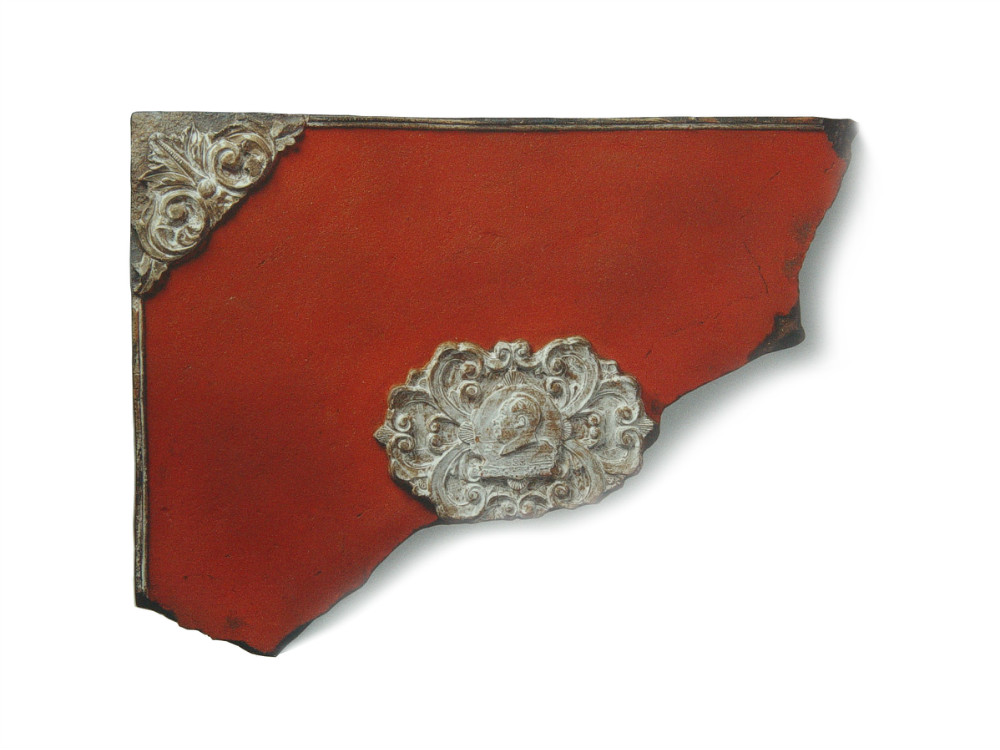
Figure 8. Fossil 2006Ⅱ, paper clay, reductively fired at1100 ℃in 2006
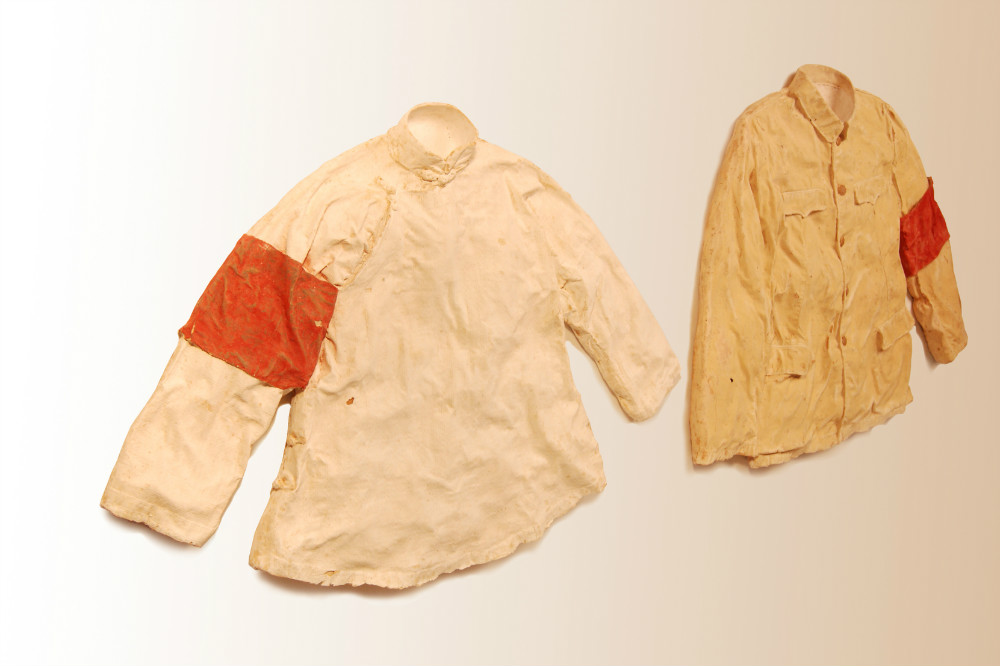
Figure 9. Fossil 2009 I, paper clay, reductively fired at1100 ℃in 2009
Commonly, it says that the Great Compassion Mantra Series (as shown in Figure 10, Figure 11, and Figure 12) created from 2010 is not only the beginning of Lu Bin’s important chapter but also the peak of contemporary Chinese ceramic art so far. However, its significance has not yet received enough attention. This series consists of three groups of works: a pagoda, Buddhist text, and porcelain bottles. Although only the image records of ceramic fragments and crushing processes are displayed at the exhibition site, the breakthrough in the form and technology achieved by them is unprecedented. That is, “change the silent form of traditional ceramic art and use the dynamic changes of the work to tell its intrinsic meanings.”[ Lu Bin.Experiment & Life -- Notes of Works Exhibition of the 2014 Students Majored in Ceramics of the School of Design, Nanjing University of the Arts [J]. China Ceramic Artist, 2014 (2).] By adding a certain substance to the clay, the work will gradually crack when contacting with the moisture in the air and become completely fragmented within a few days after it is completed from the kiln. (as shown in Figure 13) Lu Bin used the fragmentation of pagoda, Buddhist text, and porcelain bottle to imply the fragmentation of belief, culture, and social style. He questioned the society silently that “During the recitation of Great Compassion Mantra, a collapsed clamor spreads in China. The spiritual tower symbolizing human morality and the ivory tower symbolizing education also collapsed one after another, so how about the faith tower representing the last hope of the human soul?”[ Lu Bin. Miscellaneous Records in Year of the Tiger --About My Ceramic Creation. http://www.hihey.com/art-2650.html.]
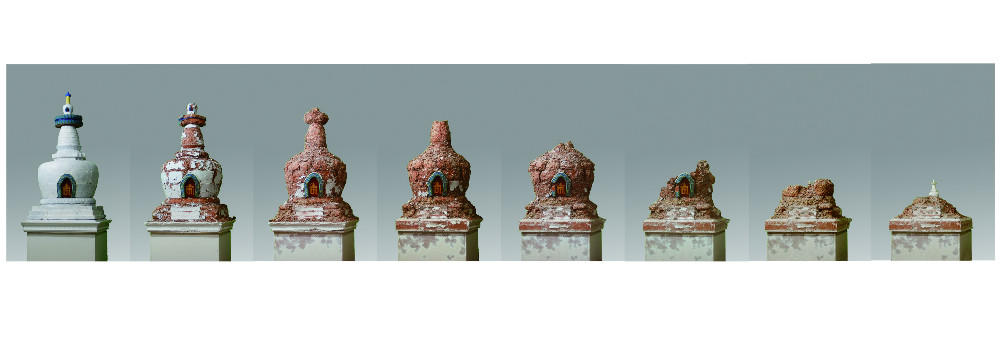
Figure 10. Great Compassion Mantra-1, pottery, oxidizing fired at 1180℃ in 2010

Figure 11. Great Compassion Mantra-3, pottery and porcelain, oxidizing fired at 1180℃ in 2012

Figure 12. Great Compassion Mantra-4, porcelain, oxidizing fired at 1180℃ in 2010
Maybe it is always a subject that the artists should face to explore how to deal with the relationship between form and content, theme and means, and ideas and media. In the era of classical aesthetics, Rembrandt, a Dutch painter, exposed the aged wrinkles in the painter’s face with heavy strokes in his later work Self-Portrait. They were thus making it become an alternative work that used realism to hide the art medium and used art to disguise the artistic era[ Greenberg. Modernist painting. Quoted from Shen Yubing. Introduction to Classical Literature of Art ·Fine Arts [M]. Beijing: Beijing Normal University Press, 2010: 270.]. Comparatively speaking, in the context of contemporary art, it is easy to ignore the skills because the concepts of the work seem to be the priority. However, skills and ideas are the two wings of Lu Bin’s works. The subtle expression and sharp thought, the form and content are integrated at a higher level, which is like art and science shake hands on a mountaintop. Therefore, the Great Compassion Mantra Series is both an artistic work and a scientific product. Now, we further analyze it from the perspective of iconography. Physical fragments showing, and video recording of the process from the original to fragmentation is as a pattern of manifestation in his work to express his condemnation and anger of the moral bankruptcy of the society. Precisely, the work itself is a beautiful example of the idea of Zen Buddhism, namely, no establishment of words, and all is vanity.
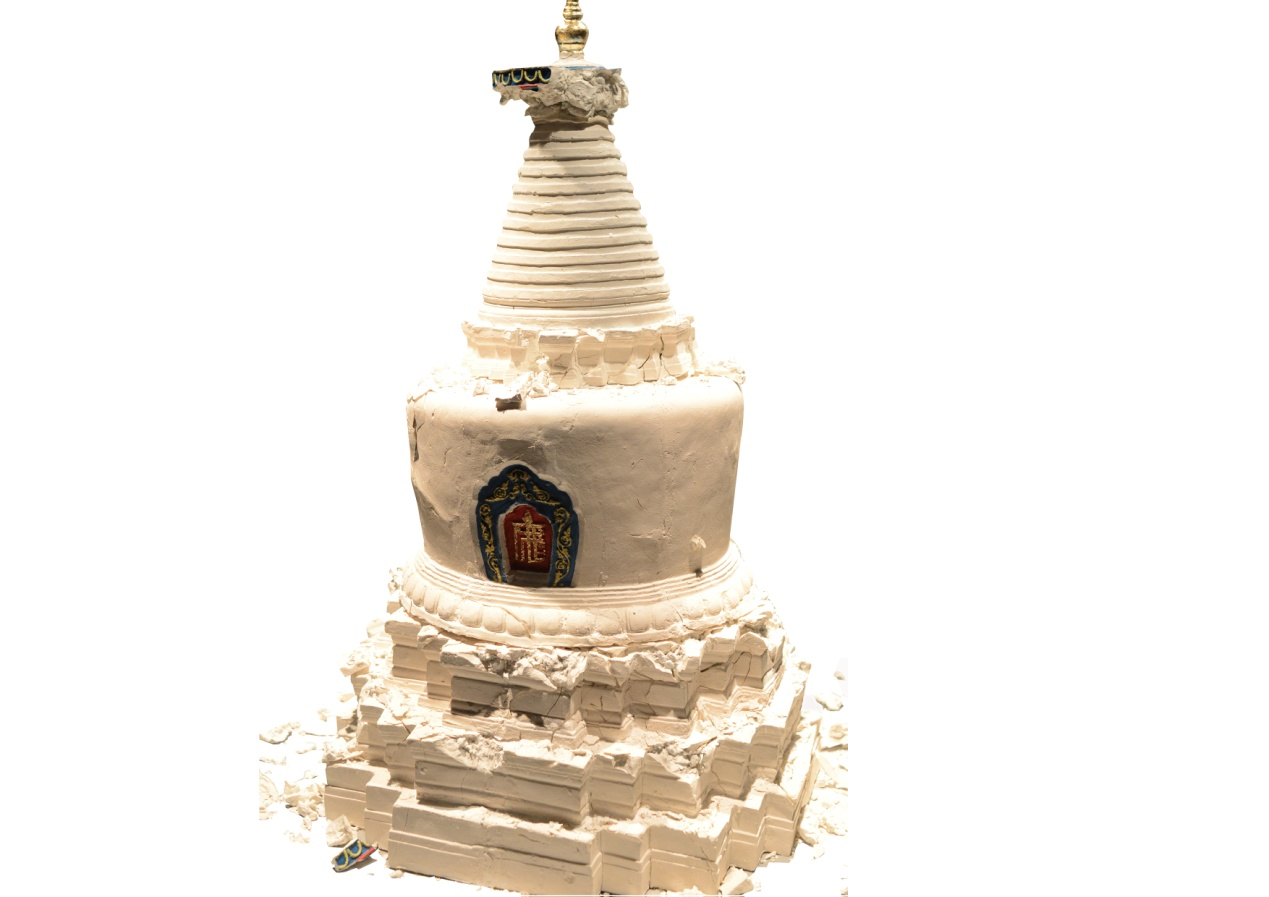
Figure 13. Great Compassion Mantra-1, the process of crushing程
The problem of dark-red enameled pottery
In the case of an artist who enjoys his success, Lu Bin may repeat himself in creations. However, he is like a born ascetic. Why climb the mountain? Because the mountain is there. For him, the inexhaustible motivation is from his attempt to doing better.
This time, Lu Bin focused on Yixing purple-clay pots. As an undergraduate, he studied under Pan Chunfang, well-known purple-clay pots making master. Lu Bin knew the following challenges. Firstly, the illustrating and firing of the utensils are restricted by material and process. Secondly, the lip, spout, lid, and body of the pot have stiff functional requirements. Thirdly, the shape design of classic tea-pot in the Ming and Qing dynasties has reached its peak, so it is challenging to surpass. In other words, a mature and perfect system has been established for purple-clay pot, while it is a difficult problem for him to break and surpass this system.
Unlike in the early days, Lu Bin was utterly free from the traditional ceramic art but full of fearlessness and courage of a rebel. Also, unlike in the period of creating the Great Compassion Mantra Series, he sought expression in the free space of conceptual art. This time, he should explore in a road full of traditions and produce a new type of fruit on a giant tree with luxuriant roots and leaves.
Lu Bin wisely stopped before the innovation of the shape of pots. Because he was unequivocal that when facing the traditional purple-clay pottery again, he does not need to create something new but to calmly reshape it with real deconstruction and reappear the spirit of its classic shape from a perspective of the contemporary era.[ Interview with Lu Bin at Ceramic Art Studio of Nanjing University of the Artson October 24, 2016 ] Actually, his creative motive is in line with the work Great Compassion Mantra Series. However, the creation of purple-clay paid more attention to the result of reshaping after crushing. That is, it must be and still is a complete and practical dark-red enameled pottery.
The breakthroughs in concept and technique are required for the creation under the constraints of traditional and practical functions. While the experiments carried out for this, have always coexisted in the creation process. For example, the techniques, such as the choice of clay billet lobes, the process of cracking the fired pot patches, the application of engobe, the color of the firing atmosphere, and the effect of repairing, were rarely used or never appeared in the traditional purple-clay crafts. However, they were continuously improved in creation. Moreover, the works gradually presented the expected appearance after experience lots of failures. This final set of practices went through three years of experiments but still has not been formally completed. They may finally present as follows: Starting from a piece of purple sand raw ore in Huanglong Mountain, it was weathered to become clay. And then, the mud was shaped into a pot. After that, the pot gradually cracked and collapsed, while the collapsed fragments were slowly squeezed and discolored to become a golden brick that symbolizes wealth. Through the sophisticated technical means, he tried to refract the real image of objective reality in this seemingly absurd process of material transformation.
Two kinds of temperaments
It is well known that material should be constantly tested repeatedly , and the concept should be gradually settled by taking the time. In a long time, Lu Bin was accompanied by clay and fire. He firmly believed that the technique and concept of ceramics seemed to be two ends of balancing objects, while the experiment was the bridge that connected the two ends.[ Lu Bin.Experiment & Life -- Notes of Works Exhibition of the 2014 Students Majored in Ceramics of the School of Design, Nanjing University of the Arts [J]. China Ceramic Artist, 2014 (2).] Lu Bin has two kinds of temperaments. One is the spirit of social criticism. Most of his works reflected on society, in which he pointed out the fundamental problems. Like his taciturn appearance, his works are not hoarse, the hidden and extended meanings in which will be understood by those who can understand them, but they are not clear at a glance to expect everyone’s understanding.
The other aspect is the spirit of studying the nature of things. He devoted his life to studying the “clay and fire.” He never stopped creation in the past 30years. By utilizing different materials such as clay, porcelain clay, and paper clay, he has always carried out experiments with the shaping techniques, such as slab-building, slip-casting, impression molding, and pottery-wood inlay, and with many firing methods, such as reduction, oxidation, and smoking. Moreover, he is obsessed with research. For example, he studied the ceramic art of ethnic minorities in Southwest China and filmed the literature documentary Southwestern Ceramic Art. This film recorded the original ceramics technology cases of eight ethnic minorities and communities, such as the Yi nationality, the Dai nationality, Tibetan and the Miao nationality, and finally won the cultural heritage award of the 8th International Craft Film Festival. Andasa rare researcher of the National Social Science Fund among the ceramists, he has spent several years on the subject of Research and Video Records of Traditional Clay Plastering Ceramic Technology. He also traveled to many countries, such as Fiji and Cambodia. And many China mainland places, such as Hainan Province, Yunnan Province and Anhui Province, to conduct field investigation, to search for and study its development and evolution process from the source of traditional clay forming technique.
Lu Bin’s artistic style is from his temperaments. He is not only a sober social critic and a craftsman who has spent half of his life on materials and skills, but also a curious musician who has continuously tried the harmony effects of materials and concepts. And a rational explorer who walks alone in the world of clay and fire.
Throughout the creation road, Lu Bin once followed the formal style of Western modern art, and then continuously explored the pursuit of balancing concept and technique. It is just like the evaluation of him that “The intrinsic meaning and self-speaking of Lu Bin’s works are much more than that. It is both a modern ceramist’s description of contemporary life and his reflection on art, life, and even life by himself as Mr. Feng Youlan said that reflection is always philosophical . At the same time philosophy is the thought of systematic reflection on life.[ Li Yanzu, Pottery Fossil -- Young Ceramic Artist Lu Bin & His Ceramic Works [J]. New Artist, 2004 (9). ] However, it is different from the prejudgment of Hegel and Danto that art towards philosophy, Lu Bin’s works always content he unique material language of ceramics, the endless pursuit of technique, and the implicit or explicit social critique. Therefore, his works show a concept of art containing philosophy based on technique, rather than art towards philosophy.
